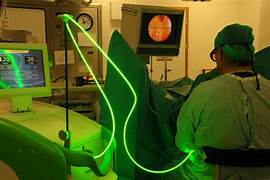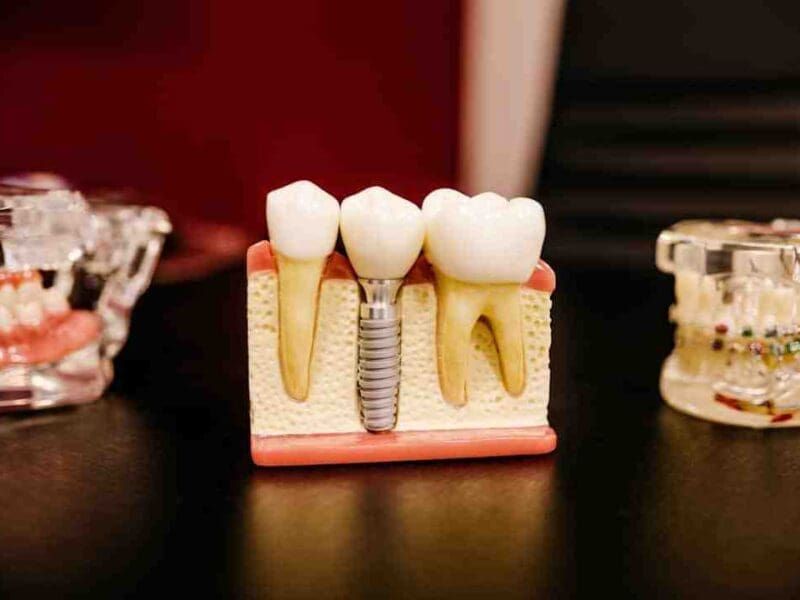
Surgical Treatments for BHP in Men: Exploring Options and Recovery Process
Are you a man suffering from Benign Prostatic Hyperplasia (BHP)? If so, then it is important to know that there are various surgical treatment options available and understand the recovery process associated with them. From TURP surgery and GreenLight vaporization to open prostatectomy, learn about each surgery option for BHP in men and what comes after so you can make an informed decision on what’s best for your health.
Table of content
What is Benign Prostatic Hyperplasia (BHP) and its symptoms
Exploring the Different Types of Surgical Treatment Options for BHP
Pre-Operative Preparation, Recovery Process, and Postoperative Care
Potential Risks and Side Effects of BHP Surgery
Tips on Managing BHP Symptoms During Recovery
What is Benign Prostatic Hyperplasia (BHP) and its symptoms
Benign Prostatic Hyperplasia, commonly known as BPH, is a common condition that affects men as they age. It is characterized by the enlargement of the prostate gland – a small organ located just underneath the bladder. BPH is not cancerous and does not increase the risk of developing prostate cancer; however, it can cause uncomfortable and potentially serious urinary symptoms.
The symptoms of BPH can vary in severity and presentation, ranging from mild to severe. Common symptoms include frequency, urgency, and weak urinary stream, as well as difficulty in starting and stopping urination. In more severe cases, BPH can lead to bladder stones, urinary tract infections, and complete blockage of the urinary tract.
Due to the prevalence of BPH in men, it is important to be aware of the symptoms and to seek medical attention if necessary. Early detection and treatment can help to minimize discomfort and prevent potential complications.
Exploring the Different Types of Surgical Treatment Options for BHP
Benign Prostatic Hyperplasia (BHP) is a common condition that affects men as they age. It occurs when the prostate gland enlarges and causes urinary problems such as frequent urination, difficulty starting or stopping urination, and weak urine stream. While medication is often the first course of treatment, surgical options may be necessary for severe cases.
There are several types of surgical treatment options for BHP, including Transurethral Resection of the Prostate (TURP), Transurethral Incision of the Prostate (TUIP), Prostatectomy, and Laser surgery. TURP is the most common surgical procedure and involves removing small pieces of the prostate gland using a tool inserted through the urethra. TUIP is a less invasive procedure that involves making small incisions in the prostate gland to relieve pressure on the urethra. Prostatectomy involves removing the entire prostate gland and is typically reserved for cases of severe BHP.
Pre-Operative Preparation, Recovery Process, and Postoperative Care
Pre-operative preparation is essential for men undergoing BHP surgery. The urologist will provide detailed instructions on how to prepare for the procedure which may include stopping certain medications, avoiding food and drinks for a certain period of time prior to surgery, and undergoing pre-operative tests. Recovery after surgery varies from person to person and on the type of procedure performed.
However, most men can expect to experience some discomfort, pain, and urinary problems in the first few weeks. During this time, it is important to follow the urologist’s instructions to ensure a successful recovery. Postoperative care for men with BHP includes regular checkups with the urologist to examine the status of the condition, address any complications, and to provide any necessary adjustments to the treatment plan. It is also important for men to follow lifestyle changes such as controlling diet, weight, and exercise as recommended by the urologist.
With proper pre-operative preparation, recovery, and postoperative care, men can effectively manage their BHP and improve their overall health and well-being.
Potential Risks and Side Effects of BHP Surgery
Benign prostatic hyperplasia (BPH) is a common condition among men over the age of 50, in which the prostate gland grows larger than normal. In some cases, surgery may be recommended to alleviate symptoms.
However, it is important to consider the potential risks and side effects of this procedure. While uncommon, complications may include bleeding, infection, urinary incontinence, erectile dysfunction, and retrograde ejaculation. In some cases, further surgery may be required to address these complications.
Additionally, it is important to weigh the potential risks of surgery against the potential benefits, and to consider alternative treatments, such as medication or lifestyle changes, before opting for surgery. As with any medical intervention, it is important to have a thorough discussion with your doctor about the potential risks and benefits of BPH surgery.
Tips on Managing BHP Symptoms During Recovery
Benign prostatic hyperplasia (BHP) is a common condition among men over the age of 50. While it’s not life-threatening, it can be extremely uncomfortable and inconvenient if left untreated. Fortunately, there are several steps that men can take to manage BHP symptoms during recovery.
First and foremost, it’s important to maintain a healthy diet and exercise regularly to reduce inflammation and improve circulation. It’s also recommended to limit caffeine and alcohol intake, as these substances can irritate the prostate and exacerbate BHP symptoms.
Additionally, practising stress-reducing techniques, such as meditation or yoga, can help to alleviate anxiety and promote relaxation. Men may also benefit from using over-the-counter medications, such as alpha-blockers or 5-alpha-reductase inhibitors, to help alleviate symptoms. It’s important to consult with a healthcare professional before starting any treatment regimen to ensure that it’s safe and effective for individual circumstances.
Overall, with proper management and care, men can successfully manage BHP symptoms and prevent complications associated with the condition.
Conclusion
BHP is a common health issue faced by many men. Exploring surgical treatments to alleviate symptoms associated with BHP can provide a great option for improving quality of life. It is important to consider the risks and benefits of any surgical procedure being proposed and take into account personal goals, values, and lifestyle in making decision about treatment options.
While recovering from a BHP surgery can present its own challenges- such as difficulty in urinating or accrual of scar tissue- proper follow-up care with a medical professional can help ensure successful healing and symptom reduction. Ultimately, BHP surgical treatments have the potential to greatly improve the lives of many men suffering from this condition, so it is important to discuss with doctors what routes may be best for each individual circumstance.







